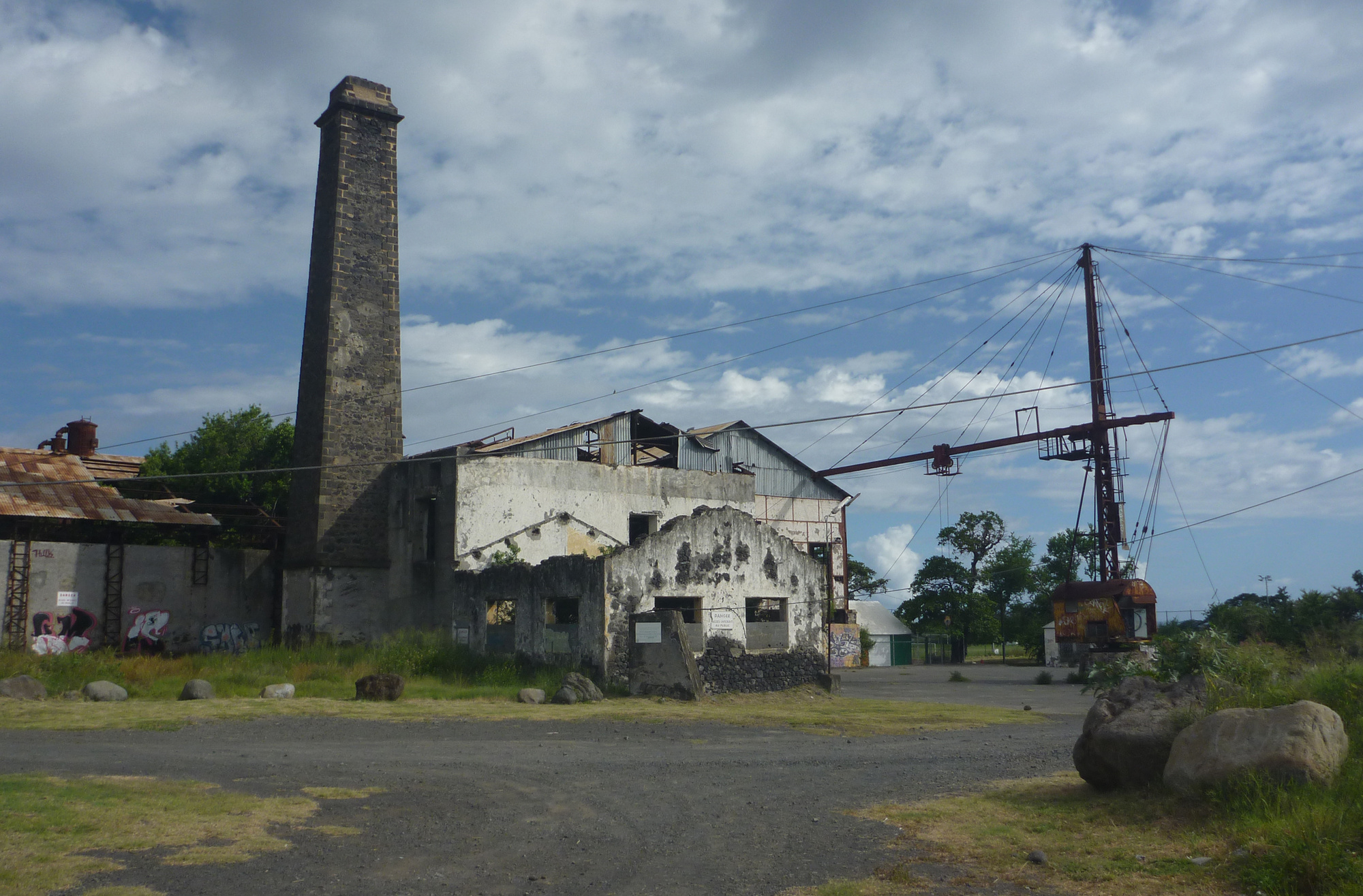
- Home
- Archaeology on Reunion Island
- Sites
- Saint-Pierre
- Pierrefonds sugar refinery
The Pierrefonds site in Saint-Pierre played a leading role in the sugar refining industry in the 19th and 20th centuries. Archaeological investigations took place in 2015 and 2016 when the ruins of the former sugar plant were earmarked for redevelopment.
From savannah to fertile ground
The Pierrefonds area was used as pasture land in the early 19th century. The construction of the Saint-Etienne canal between 1821 and 1825 marked the starting point for local sugarcane production. Water was needed to irrigate farmland and as a propelling force for the hydraulic machines and steam engines used to make sugar. The sugar refinery was established following the completion of these hydrological works in 1834.
Disused, rehabilitated and buried buildings
Out of a planned archaeological evaluation area of 63,000 sq.m, test pits could only be dug in one area. The changes made to the site following the closure of the refinery – roads, concrete surfaces, the repurposing of buildings, a football field, and so on – tell us more about its development but also make it difficult to reach the buried remains.
Archaeological test pits were dug to search for potential traces of the initial infrastructure built on the edge of the former sugar refinery.
Archaeologists found the remains of buildings with interior mortar floors and exterior rolled and rammed-earth floors. Few finds were associated with the excavated structures and confirm what historical sources tell us about the site being in use from the 19th century and constructed on land not built on before.
Associated media
Open Media Library

Aerial view (Saint-Pierre, Pierrefonds plant)

General plan (Saint-Pierre, Pierrefonds plant, 2016)

General view of the plant (Saint-Pierre, Pierrefonds plant, 2016)

Central building (Saint-Pierre, Pierrefonds plant, 2016)

